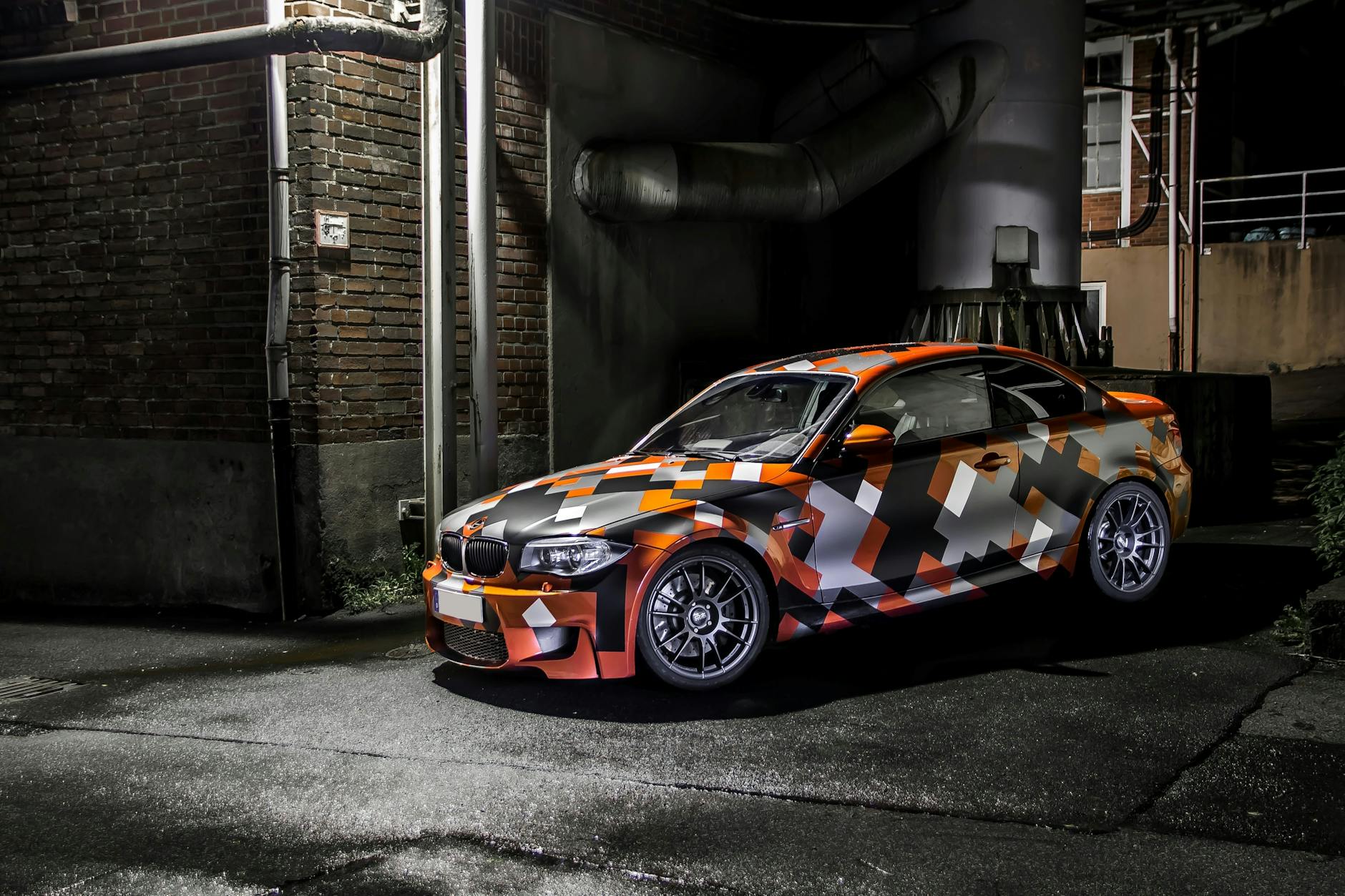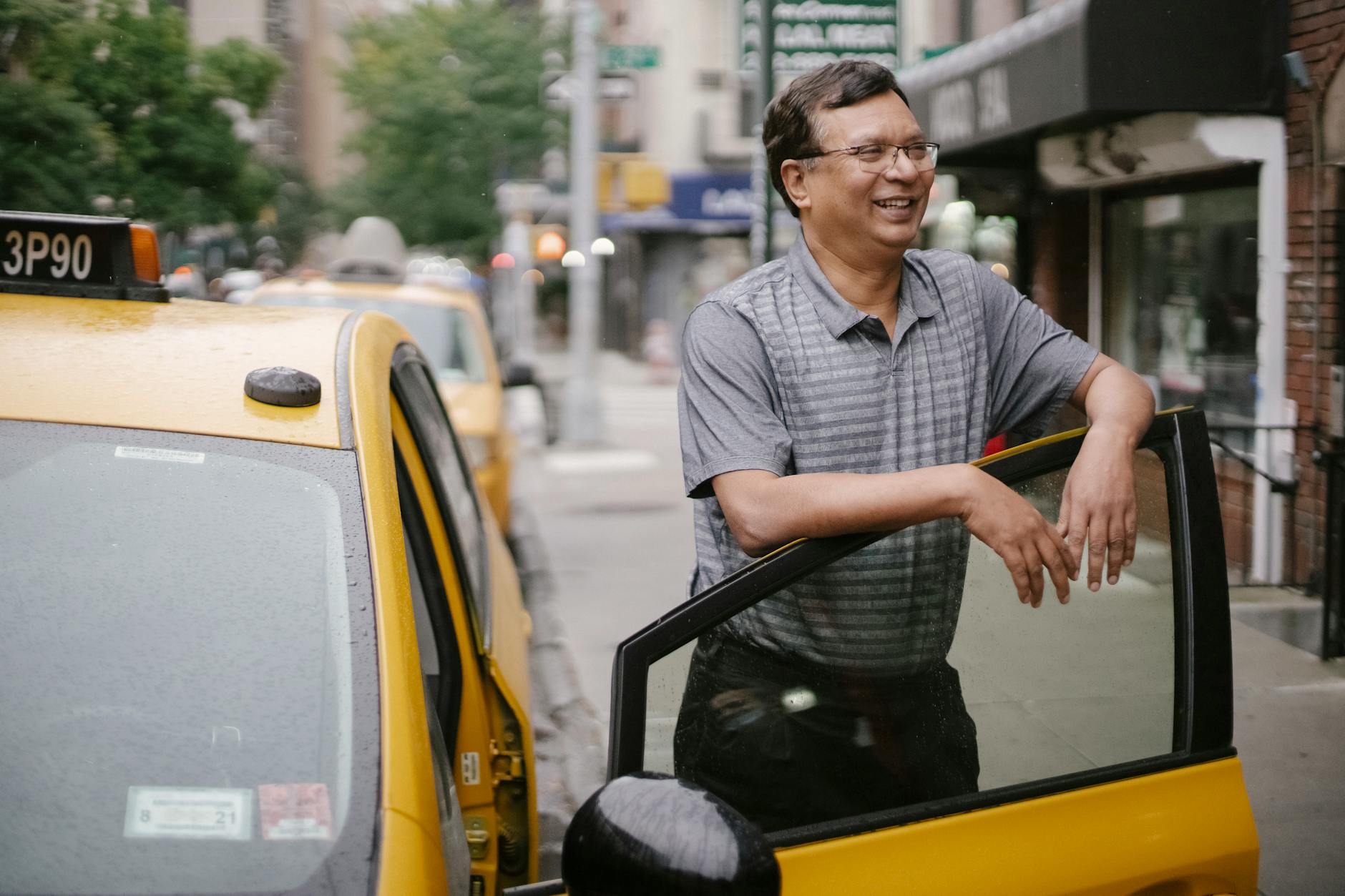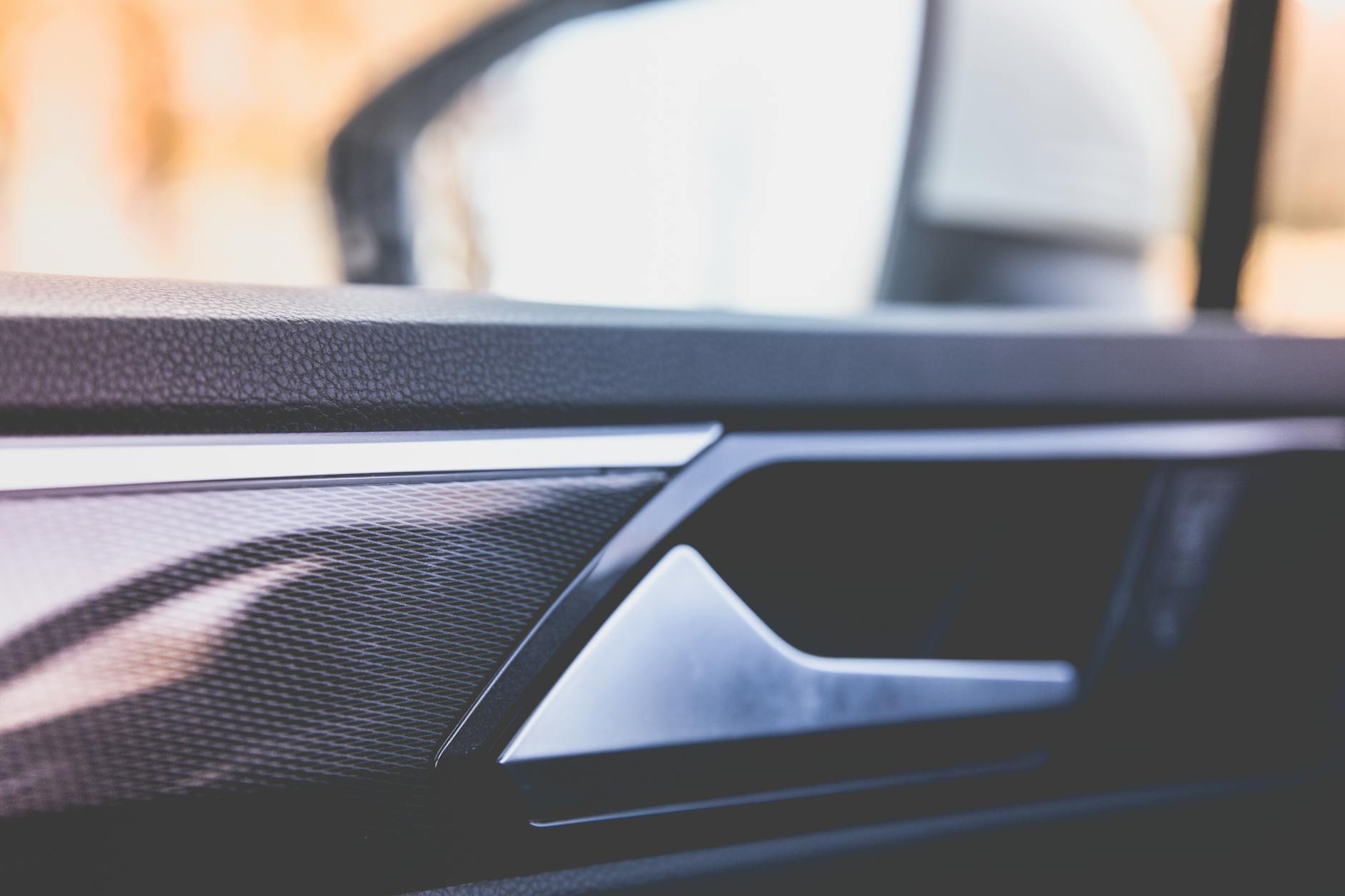Why Sustainable Car Choices Matter for Australia's Urban Planners

Sustainable Car Benefits
Exploring eco-friendly vehicles offers numerous advantages, particularly in reducing environmental impact. Opting for a sustainable car is a conscious step towards lowering carbon emissions and conserving natural resources. By choosing models from brands known for fuel efficiency, such as used Mazda or even used Kia, you contribute significantly to diminishing the overall carbon footprint. These options ensure you're in line with global efforts to combat climate change while navigating Brisbane's bustling streets.
But the benefits extend beyond just the environment. Sustainable vehicles enrich urban mobility by promoting smoother traffic flow and reducing noise pollution. With Brisbane's vibrant community events in West End focusing on green living, transitioning to an eco-friendly car aligns perfectly with the city's vision of creating sustainable urban solutions. This transformation enhances the quality of public health by improving air quality and reducing harmful emissions, making city life more pleasant for all.
When considering a sustainable vehicle, think about integrating it with your lifestyle. Embrace activities on South Bank Parklands jogging paths or participate in the sustainable initiatives at The Green Edge in Enoggera. By choosing a reliable used Mitsubishi or a similarly efficient model, you are not only investing in your personal transportation needs but also empowering yourself to be part of a larger movement towards eco-friendly living.
Urban Planning Considerations
Integrating Sustainable Transportation
As someone living in Brisbane, you're already aware of the community initiatives that make the city greener. For instance, our local community events in West End often focus on green living, showcasing how sustainable transportation can be woven into our urban planning. It's about creating pathways and public systems that ease the transition to eco-friendly travel options.
Designing Eco-Friendly Infrastructure
When planning urban spaces, incorporating eco-friendly elements is key. This means thinking beyond just reducing car pollution, and considering the design of roads, parking areas, and public transit systems to support vehicles like those used in second-hand markets such as 2nd hand Hyundai i30 or Toyota second hand cars Sydney. By integrating green spaces and promoting pedestrian-friendly designs, we create environments where sustainable choices become more accessible to everyone.
Promoting Renewable Energy Use
Transitioning to renewable energy isn't just for the home; our transportation system can greatly benefit from it as well. Encouraging the use of electric and hybrid vehicles, like a reliable used Ford, can help reduce emissions when paired with robust charging infrastructure powered by renewable sources. This shift is crucial to lessening our reliance on fossil fuels, contributing significantly to our city's ecological goals.
Integrating these aspects into urban planning not only supports environmental objectives but also enhances the quality of life for residents. By fostering a city that cherishes sustainability, we embark on a journey towards a healthier, greener future, supported by reliable transportation alternatives and mindful infrastructure design.
Choosing Eco-Friendly Vehicles
Key Features to Look For
When searching for an eco-friendly vehicle, there are several essential features to consider. Opt for models with a high fuel efficiency rating or hybrid technology to minimise environmental impact. A reliable used option like a used Hyundai can offer both sustainability and value. Additionally, look for vehicles with eco-friendly certifications that ensure reduced emissions. Electric models with sufficient range can also be ideal, especially for community events in West End focused on green living, where charging stations are becoming more abundant.
Evaluating Vehicle Performance
Performance should not be sacrificed for sustainability. Many eco-friendly vehicles are equipped with advanced technologies that enhance drivability. When evaluating a potential purchase, consider its acceleration capabilities, handling, and on-road comfort. Testing the vehicle on a variety of terrains, such as those found along the South Bank Parklands jogging paths, can provide a better insight into its performance under different conditions. Ensure the vehicle offers a balanced mix of power and efficiency suitable for Brisbane's urban landscape.
Maintenance and Longevity Tips
Eco-friendly vehicles tend to require less frequent maintenance due to their efficient designs. Regularly check and maintain battery health, particularly for electric or hybrid models, as this is crucial for long-term performance. It's also wise to ensure that spare parts are readily available and sourced sustainably. For those considering a used Subaru, known for its durability, maintaining a routine service schedule can significantly extend its lifespan. By focusing on these maintenance tips, you'll contribute to sustainable urban solutions while keeping your carbon footprint in check.
Challenges in Adoption
Overcoming Public Perception
Transitioning to eco-friendly vehicles requires shifting public perception towards sustainability. Many still harbour misconceptions about the cost and performance of used eco-friendly cars like a 2nd hand Ford Ranger or second hand cars Sydney. It's essential to highlight the long-term benefits of these vehicles, from reduced fuel costs to a smaller environmental footprint. Promoting success stories and providing transparent information through local community events in areas like West End focused on green living can help sway opinions towards greener alternatives.
Addressing Infrastructure Limitations
Brisbane's infrastructure faces challenges in supporting a rise in eco-friendly vehicles. Addressing these requires concerted efforts in planning for more charging stations and eco-friendly public transport routes. The city's transport planners can take cues from the sustainable initiatives at places like South Bank Parklands, which integrate green paths and facilities seamlessly into their design. Emphasizing these efforts in public dialogues fosters a culture supportive of eco-friendly transitions.
Navigating Regulatory Hurdles
Regulations can either aid or hinder the adoption of sustainable transportation. Streamlined approval processes and incentives for eco-friendly vehicles are crucial. Engaging policymakers and stakeholders in discussions that align with Brisbane's green initiatives encourages regulations that support environmental goals. Collaborative projects that reflect the sustainability ethos of local spaces, like The Green Edge in Enoggera, can also serve as models for effective regulatory frameworks.
Best Practices for Urban Planners
Community Engagement Strategies
In Brisbane, our path to a greener future thrives on active community involvement. It's about fostering dialogue during community events in West End focused on green living, where ideas can sprout and grow. One key approach is creating open forums where residents feel encouraged to voice their aspirations for sustainable urban environments. This ensures a shared vision that resonates with our collective goal of reducing carbon footprints. Moreover, by leveraging local landmarks like the South Bank Parklands jogging paths, we can illustrate practical benefits of eco-friendly transport, demonstrating how it enhances our everyday lives right on familiar ground.
Policy Development for Sustainability
Developing thoughtful policies is essential for steering our city towards sustainability. Drawing inspiration from successful initiatives such as those at The Green Edge in Enoggera, we can craft policies that incentivise the use of eco-friendly vehicles. A focus on hybrid technology and sustainable living through technology can drive adoption by outlining accessible pathways for Brisbane residents. It's crucial to promote initiatives that not only highlight the environmental benefits but also address economic incentives, making the switch to sustainable options more inviting and feasible for all community members.
Collaborating with Stakeholders
Building a sustainable urban future is a collaborative effort. Engaging with a diverse array of stakeholders — from local businesses to eco-friendly advocates — fortifies our approach. By working together, we can overcome infrastructure barriers, ensuring adequate charging stations in urban areas and public transport enhancements. Leveraging expertise and insights from diverse groups amplifies our capacity to implement changes that are not only environmentally sound but also culturally relevant and economically viable.


